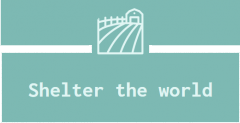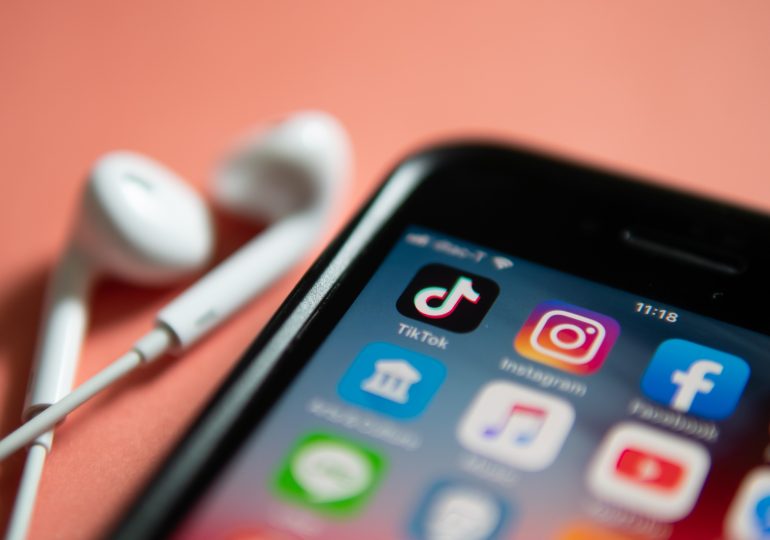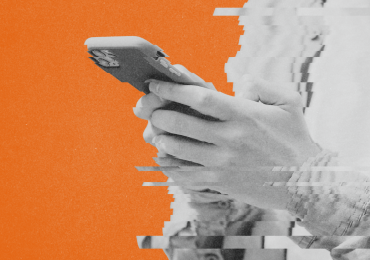Is TikTok empowering or endangering the health of kids and teens in the U.S.? As an emergency physician, I often ask myself that question.
There are some positives to the platform. Trends that go viral there are reshaping how young people engage with pop culture, health education, and even life-saving skills. Kids have more access than ever to learning how to respond to emergency situations; for instance, when a celebrity overdose sparks TikTok tutorials on how to use Narcan, or experts teach people hands-only CPR using catchy modern songs like Chappell Roan’s “Pink Pony Club”. (It was time for an update: teaching chest compressions to the rhythm of “Stayin’ Alive” by the Bee Gees isn’t exactly the most relevant reference for Gen Z.)
[time-brightcove not-tgx=”true”]
But the same platform which educates one user may mislead or harm another.
Dangerous TikTok trends popularize reckless behavior, costing vulnerable youth safety, self-esteem, and sometimes even their survival. Kids as young as eight have died from self-strangulation after doing the Blackout Challenge, for instance, where users intentionally try to choke themselves until they lose consciousness.
Emergencies have become content to be consumed. I’ve seen the consequences firsthand in the young people in the emergency department whose lives are forever altered by mimicking what they first saw on social media.
Read More: Why Watching The Pitt Feels So Cathartic for ER Doctors Like Me
I’ll never forget caring for the 14-year-old girl who had swallowed the contents of a bottle of Benadryl one evening in 2021 while doing something called the Benadryl Challenge, a TikTok trend where teens chase hallucinations by ingesting toxic doses of allergy medicine. Instead, she suffered severe heart damage—and it took everything my team and I had to save her life. She had freshly painted sky-blue nails, a detail that still stays with me. A reminder that she was just a child, lured by a viral challenge that nearly took her life.
Also imprinted on my mind is a night during residency when I cared for a young girl severely burned by scalding water. She had seen a viral video on Twitter where people combined a choreographed dance with throwing hot water into the air for dramatic effect, then tried to replicate it at home. She was disfigured and in agony—her childhood interrupted not by accident, but by algorithm. As I dressed her wounds, I kept picturing her years from now, at her wedding, in a white dress, still bearing the scars. And beneath the heartbreak, I felt a deep, simmering anger: how something so reckless and preventable could leave such a lasting mark on someone so young. That experience was a chilling example of how platforms shape behavior.
But it was far from isolated. A few years later, in March 2025, I was working the Saint Patrick’s Day Parade as an EMS physician with the Chicago Fire Department when I saw hundreds of teenagers sitting at the edge of the green-dyed Chicago River drinking alcohol out of 2-gallon jugs. These are known on social media as BORGs (short for “blackout rage gallon”) and had never seen teens carry them around until this year. The police had them dump out the jugs to prevent public intoxication. It wasn’t just the alcohol or the recklessness that struck me—it was the normalization of it all.
Read More: When to Go to the Emergency Room vs. Urgent Care
From falling off precarious pyramids in the Milk Crate Challenge to being violently tripped in the Skullbreaker Challenge, young people have suffered broken necks, becoming suddenly paralyzed and sustaining brain damage and head trauma in pursuit of likes and shares. TikTok is unintentionality proving that virality can come at a steep—and sometimes deadly—cost.
Watching these videos—teenagers risking their lives for likes—is chilling. They’re difficult to endure, yet they rack up millions of views. What does it say about us that we can’t look away? The truth is, we’ve grown desensitized—and the real question isn’t just what’s wrong with TikTok, but what’s gone wrong with us? That question cuts even deeper for me, because I’ve dedicated my life to saving these kids—standing at bedsides as parents say goodbye, doing CPR on teenagers on frozen winter nights, doing everything I can so they have another chance. And in those moments, I wish I could reach through the phone to tell them to quit scrolling or to put their phone down and choose caution and care over a reckless act they will come to regret.
TikTok has the power to save a life, but the content being amplified has the potential to end one, too. So what are we to do in this age of duality where both things can ring true? Part of the answer lies in reclaiming responsibility—being present for our kids, guiding what they consume, and holding ourselves accountable, too. Because our kids aren’t just scrolling—they’re chasing viral thrills, drawn in by trends that are dangerously seductive to young, developing minds. We can’t let the algorithm give way to one more accident.
Leave a comment





